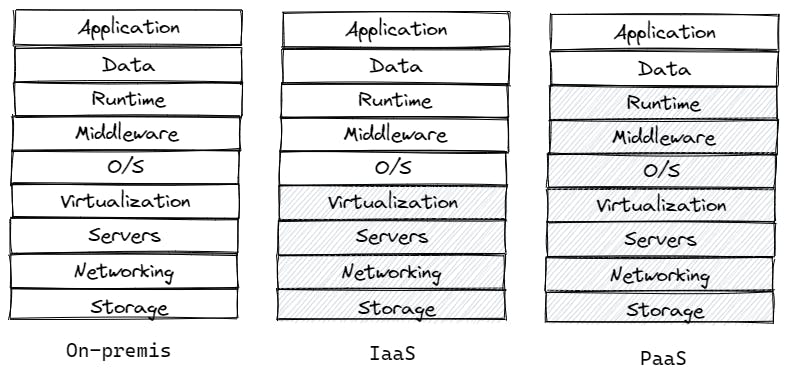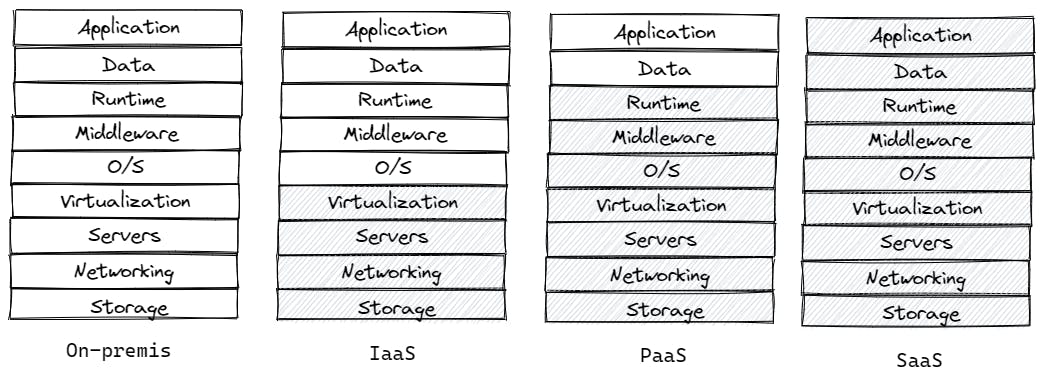
Photo by Scott Graham on Unsplash
Day-27 Different Cloud Models
Different Cloud models #90daysofdevops
In our last blog, we checked out different cloud providers and cloud types. Today we are going to explore three numerous cloud model types: IaaS(Infrastructure as a Service), PaaS(Platform as a Service) and SaaS(Software as a Service).
Basic Info about Cloud Models ℹ️
In general, cloud models are categorized according to the quantity of tasks and resources that you, as a customer, must manage.
Suppose you have an on-premises structure at your organization. In this case, your responsibilities are higher. You have to manage all the servers, their maintenance, hardware and software configurations, etc.
Now, if you adopt a cloud model, then your responsibilities are decreased. If it is a public cloud, then no server maintenance, no capital expenditure, no configurations, whoo! But wait, wait, wait. Did I say you still have to manage lots of things?
Yes, you heard it right. In a cloud model adaptation, there are some things that you have to manage and others that are handled by your cloud provider. And that things are decided on the basis of which cloud model you are going to choose.
Let's check the different cloud models.
IaaS (Infrastructure as a Service) 🏗️
Known as "Infrastructure as a Service," it works as its name suggests. In this cloud model, basic infrastructure requirements are covered by the cloud providers.

Storage, Networking, Servers and Virtualization are the fundamental services that IaaS provides. Customers have to manage other services like OS, Middleware, Runtime, Data and Application.
Its only disadvantage is that customers have to manage a lot of things. If I were to give an example from the standpoint of Microsoft Azure Services, I would use Virtual Machines and Virtual Networks.
PaaS (Platform as a Service) 🌁
It provides infrastructure services in the same way that "IaaS" does, but with additional services. A cloud provider will manage the infrastructure and platform (OS, Middleware, and Runtime). You, as a customer, have to manage application and data.

If you are going to build a cloud-based application, then you will mostly use this cloud model.
Azure services are involved in this cloud model:
- Logic apps
- SQL Database
- Web Apps
- App service
SaaS (Software as a Service) ⚙️
This is the only cloud model where you as a customer have almost no responsibilities. A cloud provider will manage infrastructure, platform and software(application and data).

A few SaaS examples:
- Onedrive
- Outlook
- SalesForce
- Jira
- Google Workspace
Resources 📖
Ending Credits ✨
So that was all about cloud computing models and their examples. The following blog will discuss Azure services and their capabilities. So, until then, bye.

